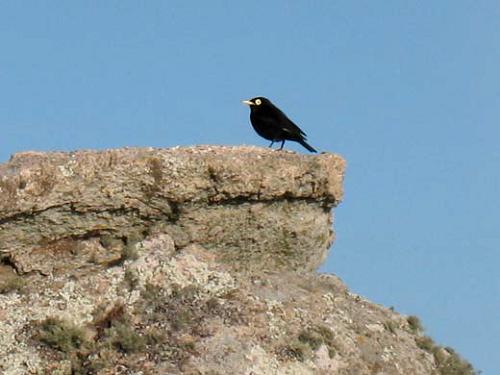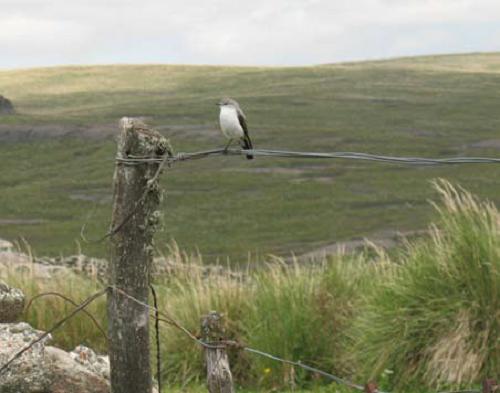Laura Marisa Bellis
The main aim of this project is to investigate the impact of human activities on avian communities of highland mountains of central, Argentina.

Hymenops perspicillatus.
Highland mountains of central Argentina are an ecosystem of unique characteristics at regional, continental and global scales. The area is home to 41 endemic plant and animal species, including 12 subspecies of endemic birds. In this region, four centuries of domestic grazing and anthropogenic fires have caused serious erosion problems and woodland degradation. Consequently, there is an urgent need to study the impact of habitat loss on biodiversity. Due to the impossibility to perform complete species inventories, here we propose birds as ‘bio-indicators’ given that they are easy to quantify, have large area requirements and specialised habitat needs, and their distribution is well known. This project will focus on the study of avian communities in habitats with different intensities of livestock grazing and fire pressure. The work will allow us to detect the bird species that are more susceptible to habitat loss and to establish a priority order for the conservation.

Muscisaxicola rufivertex achalensis (subspecies endemic of the region).
Fieldwork will be performed in areas of the Sierras Grandes of Córdoba under different levels of disturbance. During the winter (June-August) and summer (December-February) seasons, 10-minute point counts, will be used to assess avian richness and abundance in each site. Using a Geographic Information System of the region, the data collected will be processed at the laboratory from March to June. The results of this study are expected to provide knowledge to develop management strategies to preserve not only bird species but also this mountain ecosystem.